... and sound color (frequency characteristic)
The introduction to this article has been rewritten several times. The original versions resorted to describing the adverse events that caused the long-announced fan testing to be so dramatically delayed. But the text was always dreadfully boring… the important thing is that everything managed to make it to the start. But before the starting gun, come take a thorough walk around the track where the measurements will take place.
33 dBA or 33 dBA
The noise level, given as a single dBA value, is good for quick reference, but it doesn’t give you an idea of exactly what the sound sounds like. That’s because it averages a mix of noise levels of all frequencies of sound. One fan may disturb you more than the other, even though they both reach exactly the same dBA, yet each is characterized by different dominant (louder) frequencies. To analyze thoroughly with an idea of the “color” of the sound, it is essential to record and assess noise levels across the entire spectrum of frequencies that we perceive.
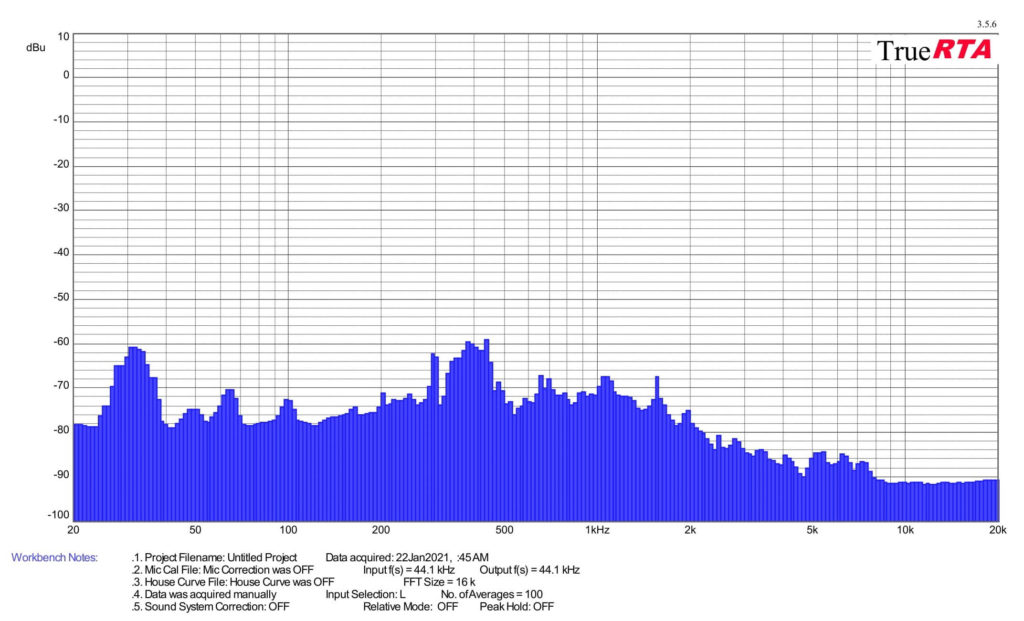
We already do this in graphics card tests, and we’ll do it for fans too, where it makes even more sense. Using the UMIK-1 miniDSP microphone and TrueRTA’s mode-specific, fixed dBA application, we also measure which frequencies contribute more and which contribute less to the sound. The monitored frequency range is 20-20,000 Hz, which we’ll work with at a fine resolution of 1/24 octave. In it, noise levels from 20 Hz to 20 000 Hz are captured at up to 240 frequencies.
The information captured in the spectrograph is a bit more than we will need for clear fan comparisons. While you’ll always find a complete spectrograph in the tests, we’ll only work with the dominant frequencies (and their noise intensities) in the low, mid, and high bands in the comparison tables and charts. The low frequency band is represented by 20–200 Hz, the medium by 201–2000 Hz and the high by 2001–20 000 Hz. From each of these three bands, we select the dominant frequency, i.e. the loudest one, which contributes most to the composition of the sound.
To the dominant frequency we also give the intensity of its noise. However, in this case it is in a different decibel scale than those you are used to from noise meter measurements. Instead of dBA, we have dBu. This is a finer scale, which is additionally expressed negatively. Be careful of this when studying the results – a noise intensity of -70 dBu is higher than -75 dBu. We discussed this in more detail in the article Get familiar with measuring the frequency response of sound.
Strict acoustic safeguards are required to ensure that these measurements can be carried out with satisfactory repeatability at all. We use acoustic panels to measure the same values at all frequencies across repeated measurements. These ensure that the sound is always reflected equally to the microphone regardless of the distribution of other objects we have in the testlab. The baseline noise level before each measurement is also naturally the same. The room in which we measure is soundproofed.
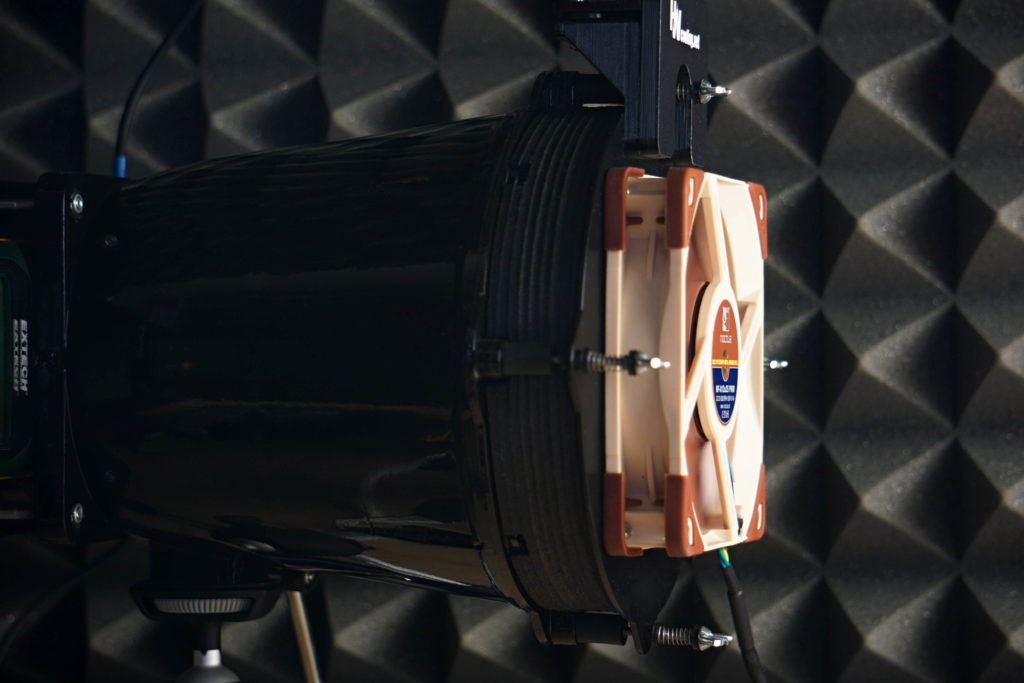
Like the noise meter, the microphone has a parabolic collar to increase resolution. The latter is specially in this case not only to amplify but also to filter out the noises that occur whether we want them or not behind the microphone. We are talking about the physical activity of the user (tester). Without this addition, human breathing, for example, would also be picked up by the spectrograph. However, this is successfully reflected off the microphone sensor by the back (convex) side of the collar. As a result, the spectrogram only contains information about the sound emitted by the fan itself.
- Contents
- Introduction to fan testing
- Basis of methodology, the wind tunnel
- Mounting and vibration measurement
- Initial warm-up and speed recording
- Base 7 equal noise levels...
- ... and sound color (frequency characteristic)
- Static pressure measurement…
- ... and airflow
- Everything changes with obstacles
- How we measure power draw and motor power
- Measuring the intensity (and power draw) of lighting
- Eight “basics” to start off…





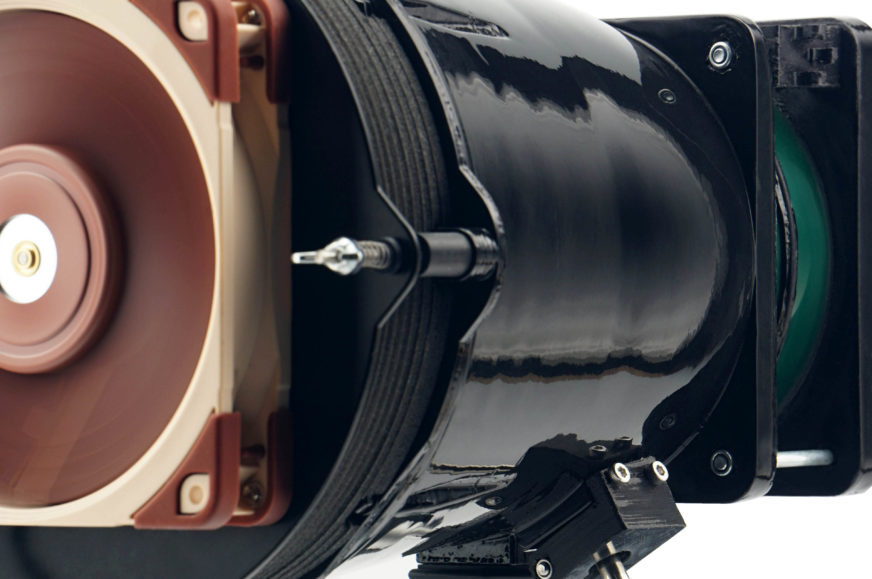
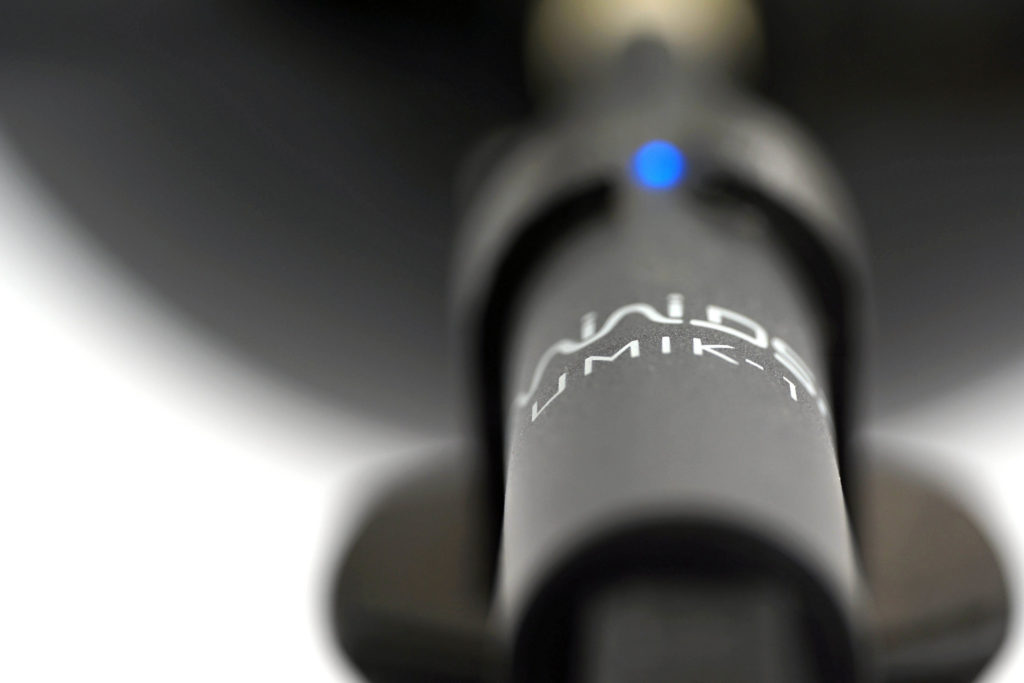
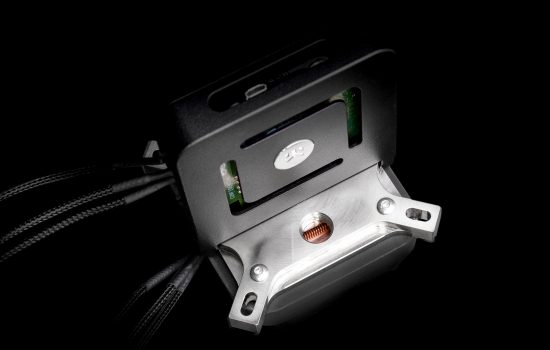
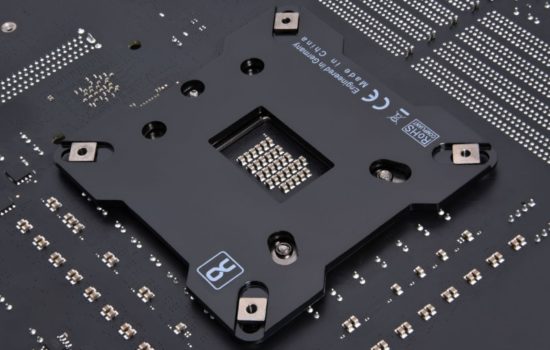
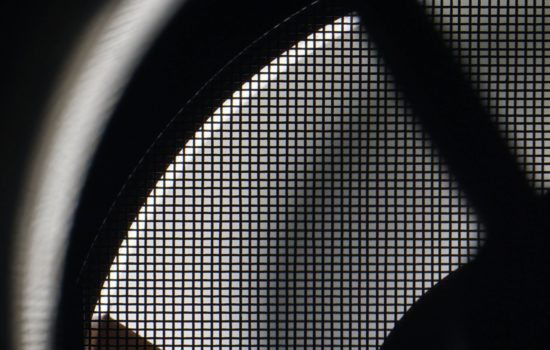



Have you tried PWM controllers other than the Noctua NA-FC1? Does the NA-FC1 offer some advantages over other (often much cheaper) controllers?
We tried our own solution, our own PWM controller. But it was rather clumsy and the only disadvantage of NA-FC1 is that it is not possible to read a numeric value from it. And maybe the fact that it has a narrower rotation range. As long as it is powered by a laboratory power supply, it does not reduce the sensitivity of the exact setting (and what needs to be set can always be fine-tuned in units of mV on the power supply). I have no experience with other off-the-shelf PWM controllers, nor did I know there were any. All PC speed controllers I have used in the past only supported DC control. I have probably the most experience with Scythe Kaze Master Pro and Lamptron Touch. 🙂
Hi,
Could you please clarify the flow in the pull position?
I’m referring to measuring the airflow in a pull fan configuration.
Yes, thanks for asking. Schematically this is the model:
The airflow guide is on the opposite side of the tested fan. This design is the result of several years of research in which we compared different tunnel concepts and in the end we evaluated this design as the most accurate and the most objective. Different tunnels have different problems, for which some fans are relatively advantageous, but others are disadvantageous. This topic is not suitable for a comment below an article, a whole book could be written about it. And we will write it as well, but everything in its time. Some of the wording and details in the methodology are deliberately such that someone cannot adopt it 1:1. We wanted to avoid such a risk, because it would put us at a considerable disadvantage if many things were considered a “good idea” even by someone with significantly better marketing than we have.
But we are slowly approaching the stage when we will be able (our two-year work on tests will not be surpassed :)) to go into details (and also, if I can find the space for it, I would like to revise the overall documentation for the test methodology) and on the basis of the results of our own experiments to analyze in detail why our design is more relevant for the evaluation of fans than the traditional designs with long ducts with a grilled airflow guide. Even a detail such as the orientation of the fan to the tunnel can significantly distort the perspective of the evaluation. When measuring the noise of fans on a tunnel, its walls (tunnel walls), compared to free space, increase the noise of each fan differently. There is a more detailed discussion on this in this thread actually. But these are all things that require reviews of different tunnels with different fans under different conditions to understand sufficiently. We have these data and sooner or later we will certainly process them and publish them in a series of popular-style articles. I can’t promise to do it right away, because it will be a lot of work, which will be commercially inefficient. And serious magazines that want to survive and are based on in-depth reviews don’t have much room for that. But we will certainly get there. It is necessary to start off gently, so that people can understand elementary things/phenomena sufficiently. The design analysis of individual elements in the test tunnels is a more complex topic for the true fan enthusiasts, of which there are only a few, unfortunately. The interest must be always more widespread for the work to make sense financially. With this, we will definitely go financially into the negative, the efficiency in this direction will be low, but we count with it and we have to plan everything properly. Particularly since the series of articles on this subject will be extremely laborious, it is a very demanding topic. Especially if the form of processing is to be understandable even for laymen.
The orientation of the air flow through the tunnel need not interest you at all. With regard to the design of the test tunnel, it is chosen with a view to achieving sufficient laminar flow wherever it is necessary for objective measurements. It has nothing to do with the orientation of the fan on the obstacle. Differences in this respect are shaped primarily by the degree of imperfection of the test system. If someone gets lower airflow on push, it is mainly because the nature of the airflow is more turbulent at the point of dynamic pressure measurement.